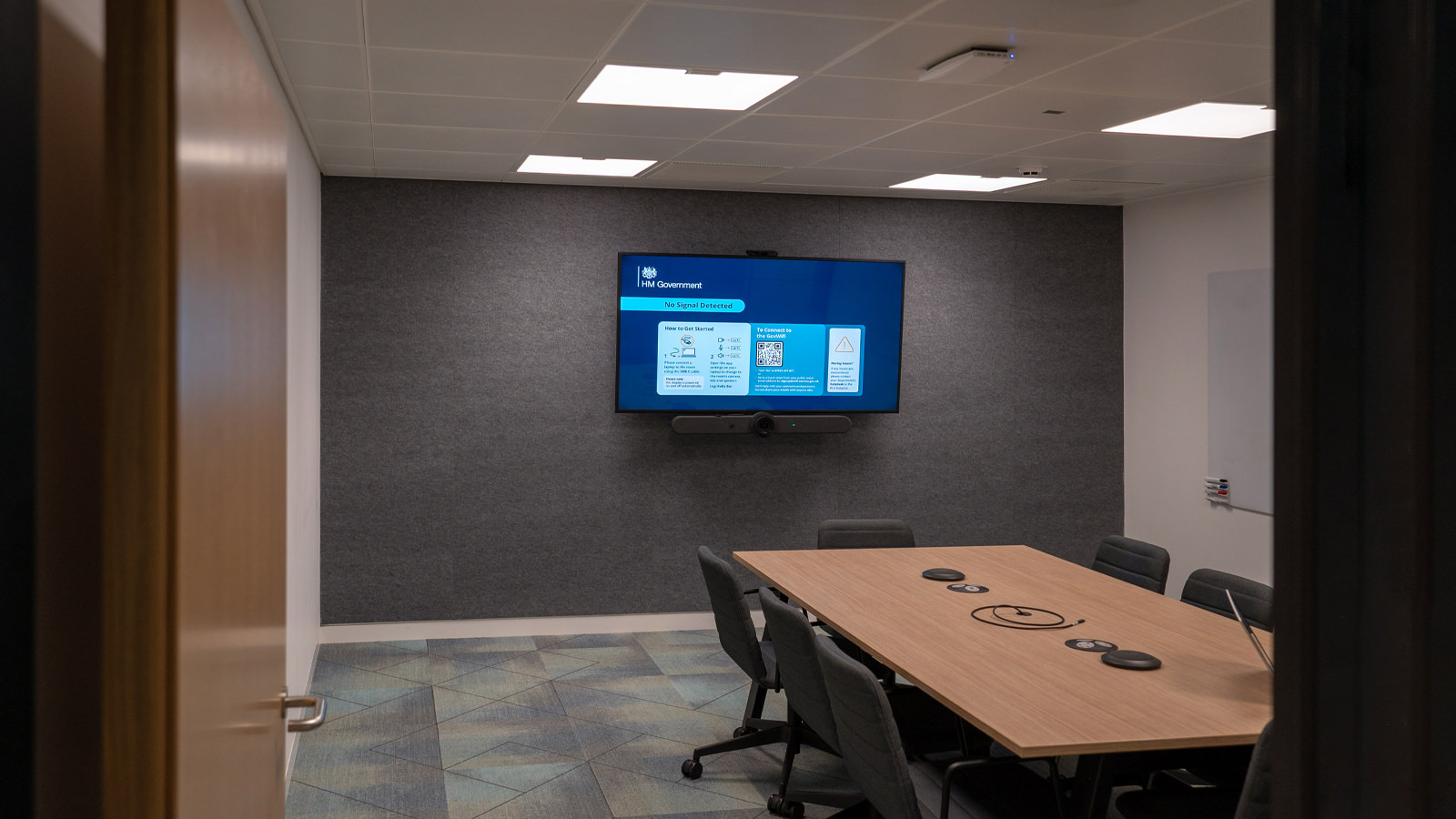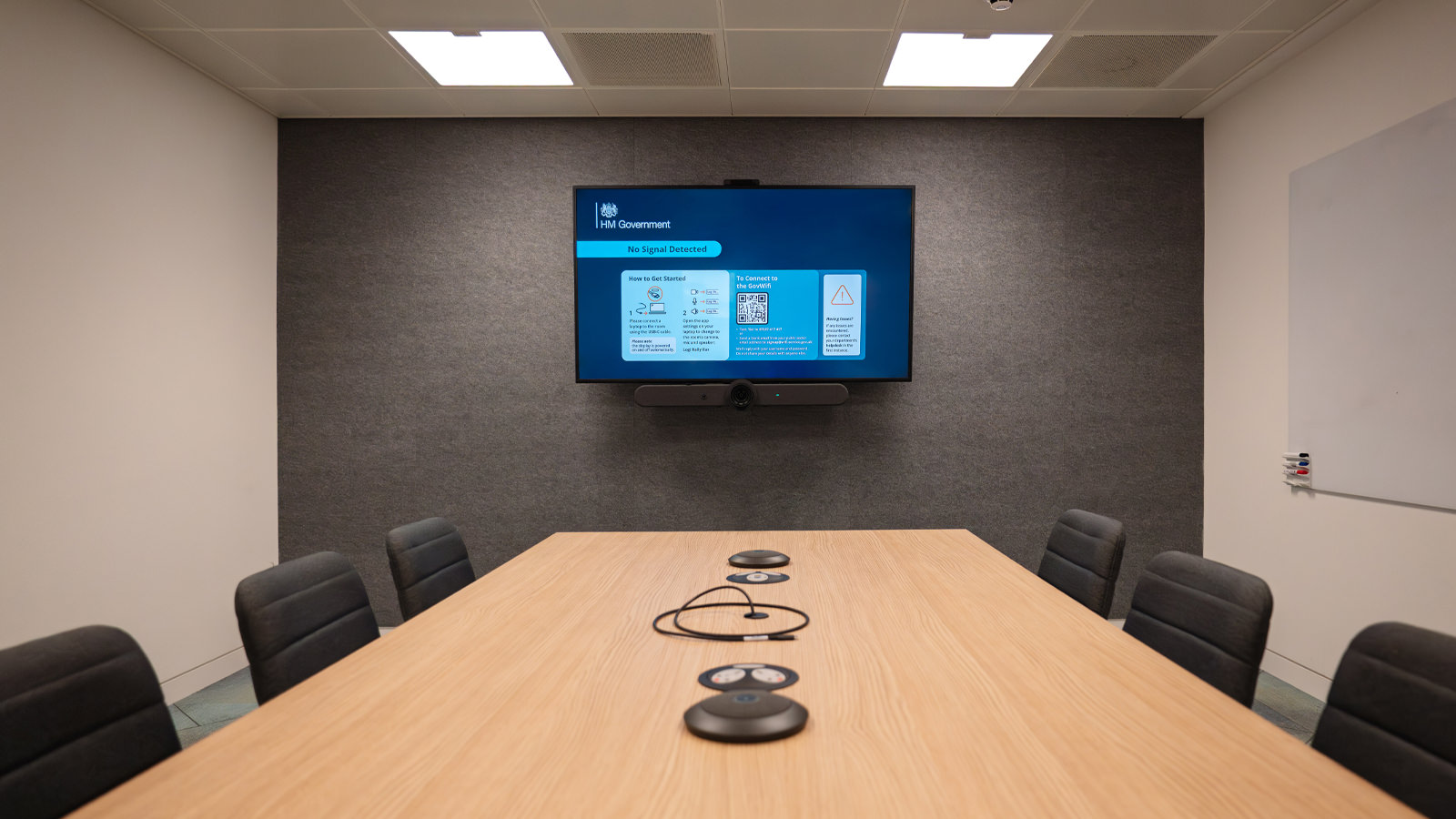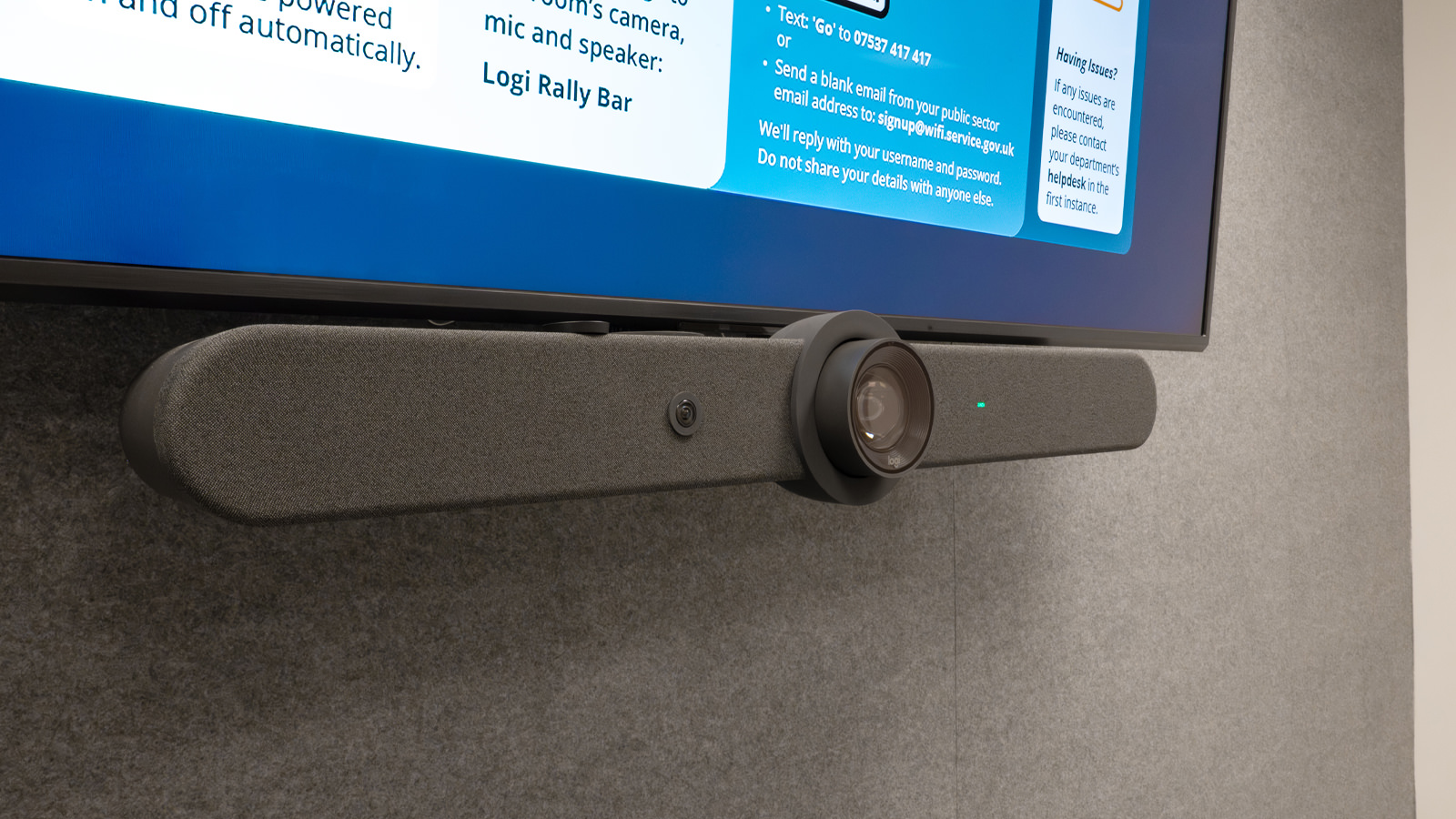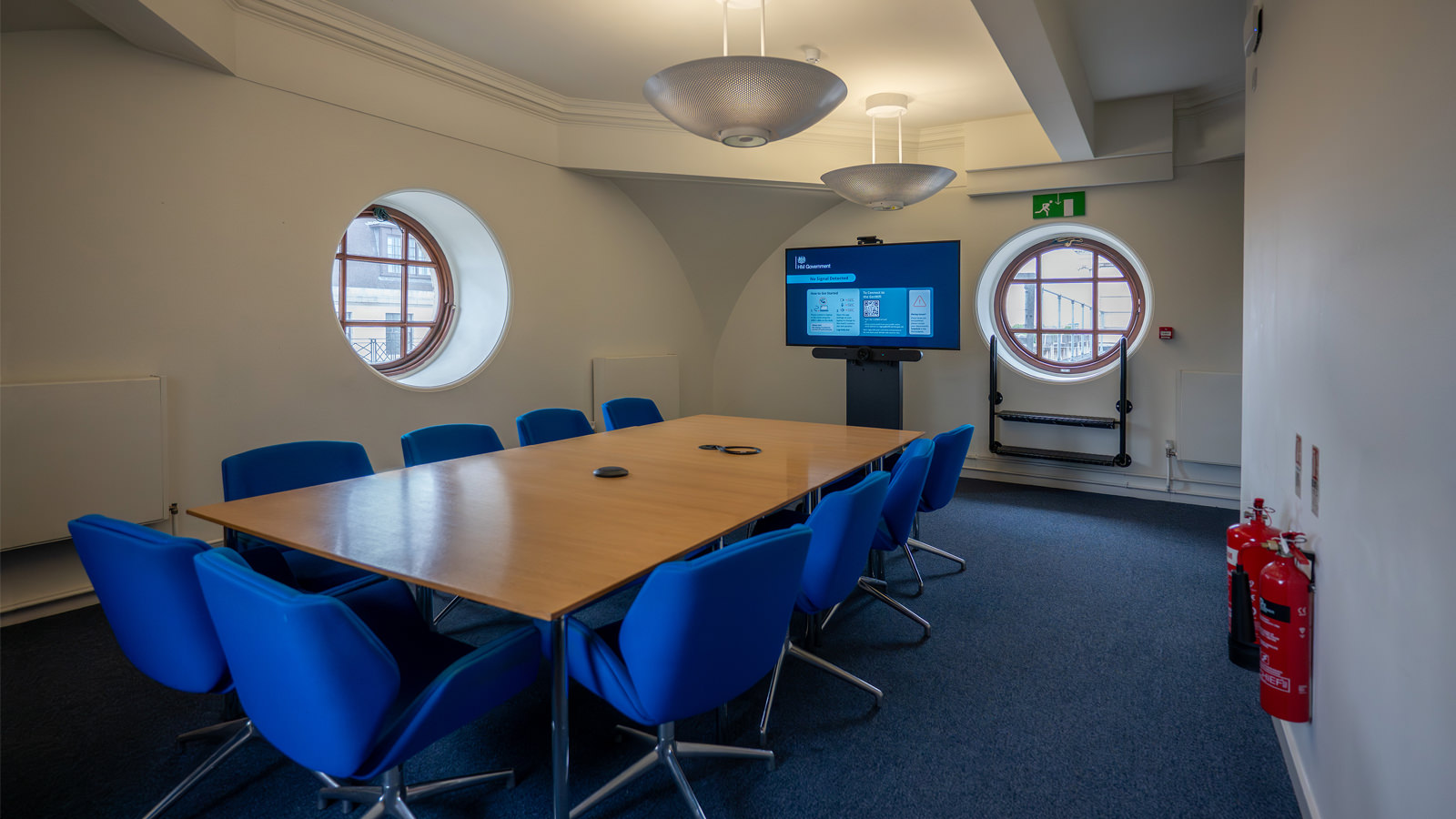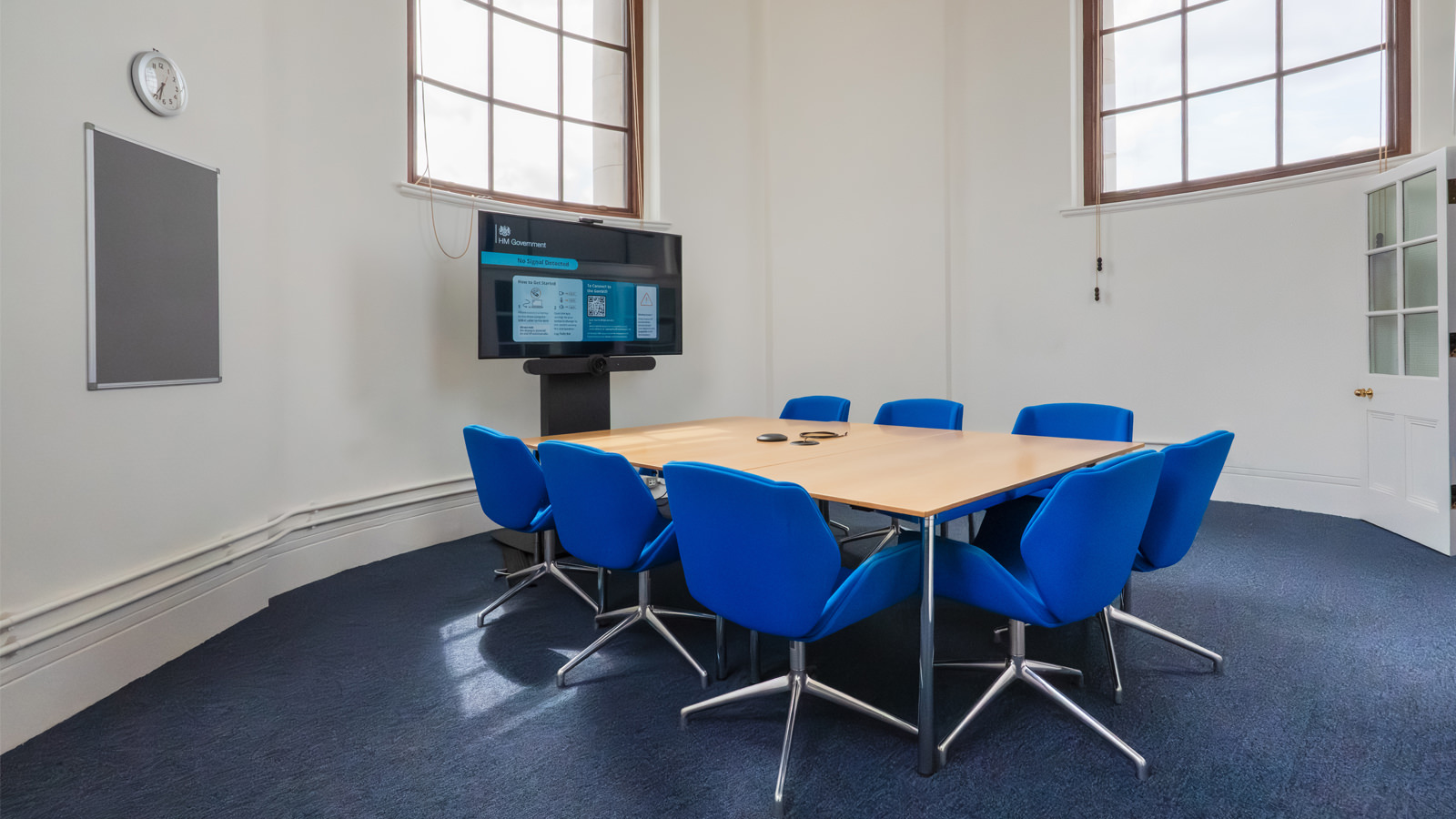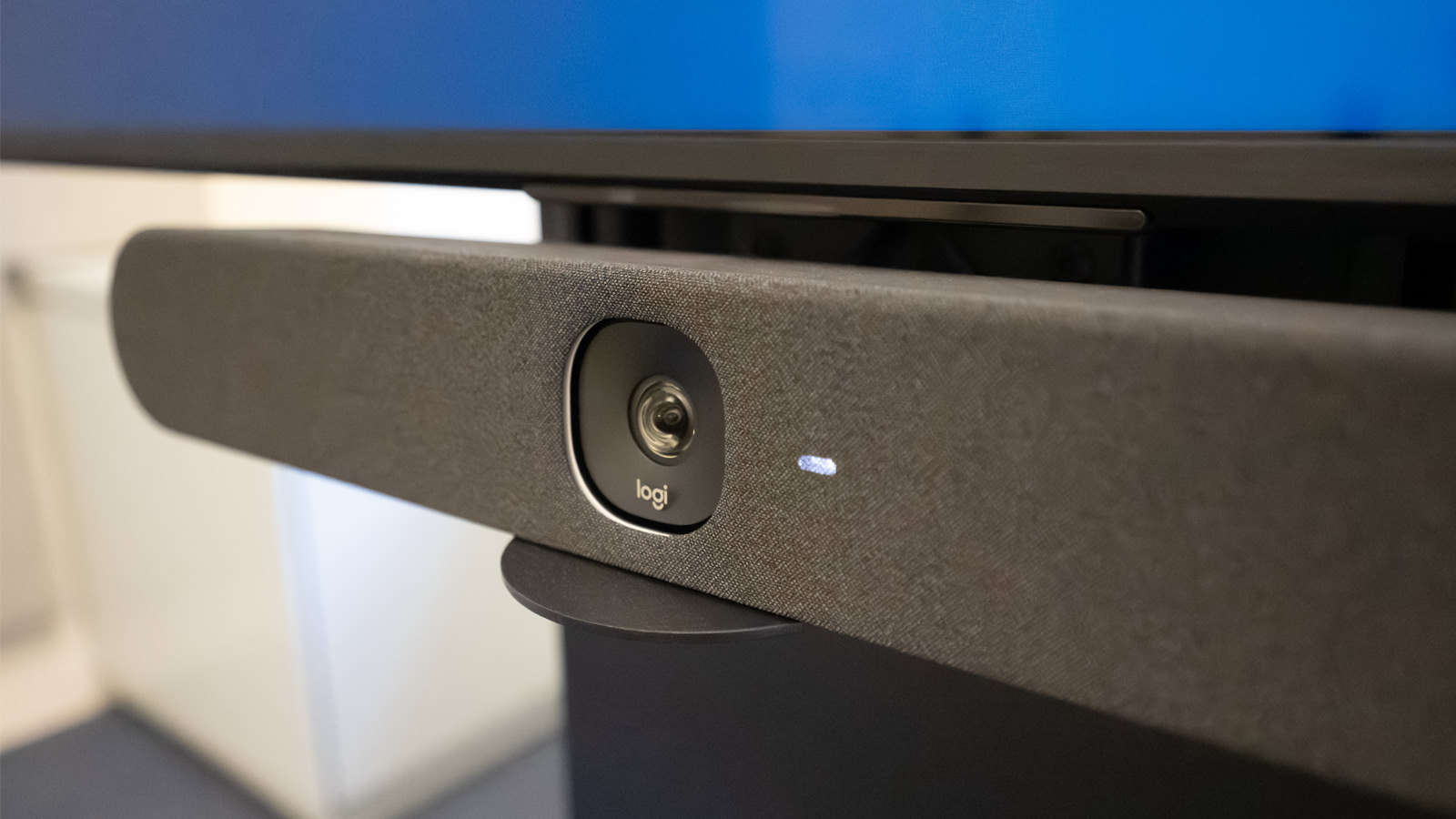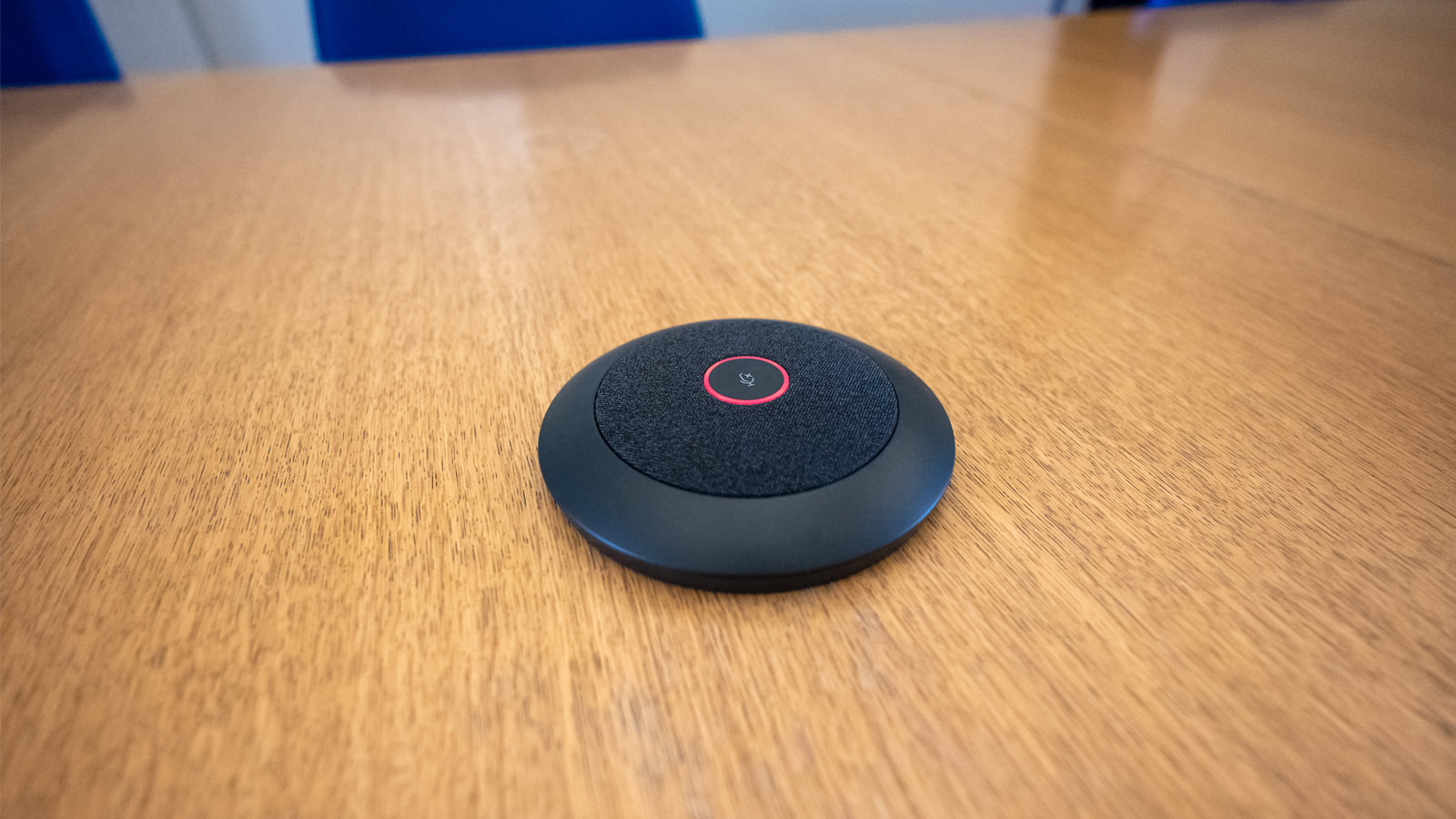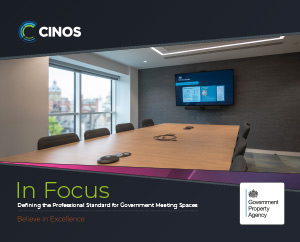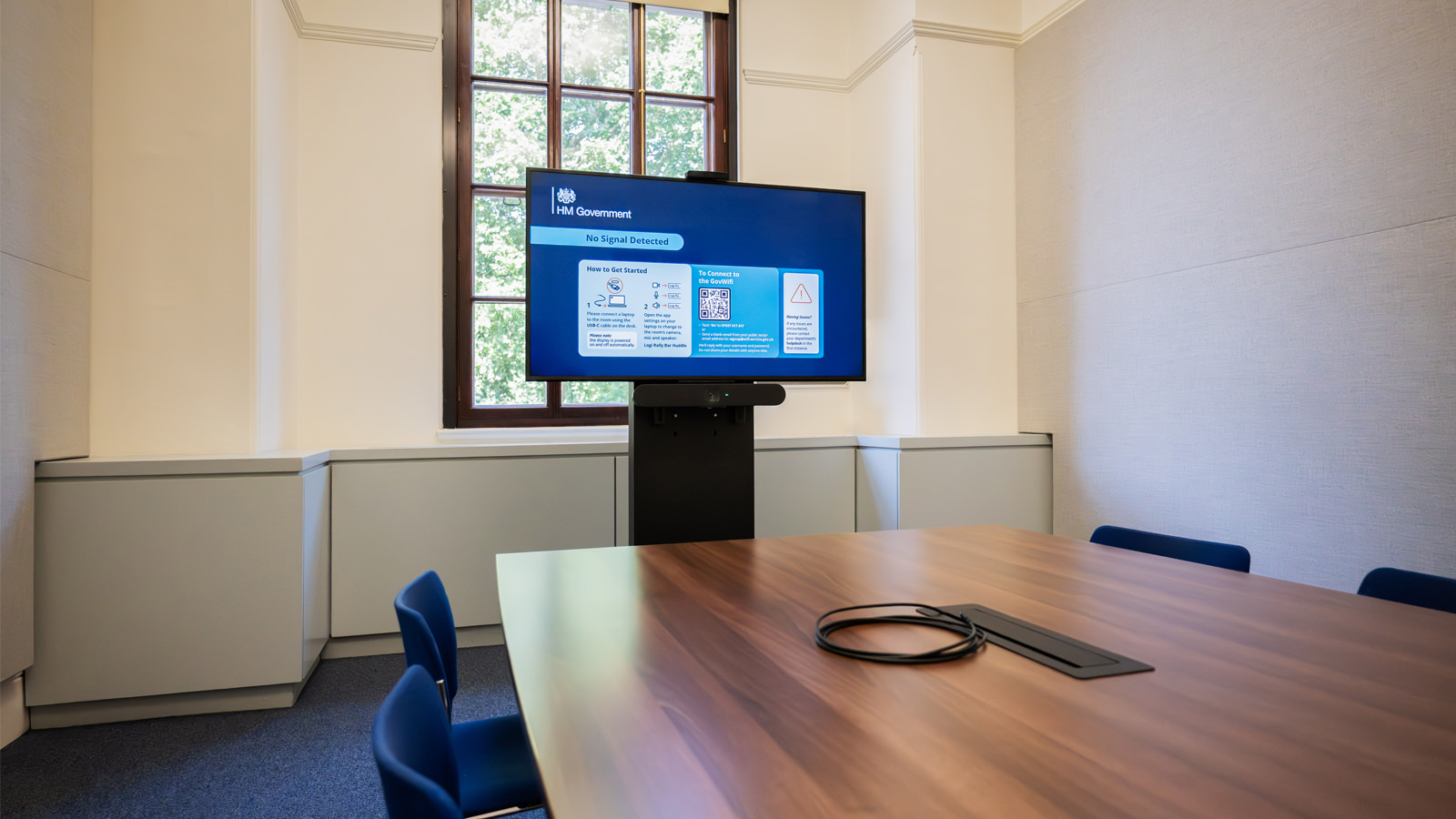Introduction
In 2022 the Government Property Agency (GPA) published the Government Workplace Design Guide – a strategic framework for creating workplaces that enable a modern, inclusive and effective civil service. The guide outlines the baseline standards for all central government office buildings, including those within the Government Hubs and Whitehall Campus Programmes.
As part of this ambition, the GPA recognised the need to reimagine government meeting spaces, many of which were constrained by outdated technology. Through its lifecycle replacement programme, the GPA sought to modernise these environments to create consistent, flexible and future-ready spaces.
Technology would play a critical role in achieving this vision. Working in partnership with system integration specialists Cinos, the GPA began the development and rollout of a new AV standard: AV Standards Version 3. Built on principles of interoperability, simplicity and sustainability, Standards Version 3 would form the technology foundation for meeting rooms across the government estate.
| Developing a unified AV standard was essential to improving collaboration, reducing complexity and delivering long-term value for the taxpayer. By embedding our core principles into every stage of the process, we have arrived at a solution that delivers a vastly improved user experience, is better for the environment and provides consistency and standardisation for civil servants when moving between GPA buildings. Standards Version 3 is now setting the benchmark across our estate, supporting hundreds of meetings on a daily basis. |
||
|---|---|---|
|
Edward Williamson,
Senior Technical Architect (AV), The Government Property Agency. |
The Requirement
Before defining the Standards Version 3 specification, the GPA undertook extensive user research across departments, roles and regions. This insight-led approach was vital to understanding the real challenges faced by civil servants when using meeting room technology.
Across every user group, two priorities stood out: ease of use and interoperability. Meetings should start on time, with minimal setup and no technical obstacles. This meant eliminating the complexity of multiple cables and addressing common compatibility issues. The standard needed to enable platform-agnostic collaboration, supporting all devices and operating systems, with consistency across the entire estate.
For the GPA, sustainability stood alongside ease of use and interoperability as a central priority. It informed not only the selection of manufacturers, but the design of the technology itself. Aligned with the government’s net zero ambitions, Standards Version 3 prioritised low-energy devices, smart automation and responsibly sourced components to support long-term carbon reduction.
With over 200 rooms identified for upgrade in a matter of months, Standards Version 3 needed to be deployment-ready from day one. This made Cinos’ Customer Experience Centre a pivotal part of the project. Here the entire system could be rigorously tested, refined and validated so when it came to implementation, Cinos could deliver with the precision, speed and assurance the project demanded.
The Solution
Following the user research, technology discovery and validation phases, Standards Version 3 was ready to move from concept to implementation. The journey began with a successful pilot at the Old Admiralty Building (OAB) in London, which served as the foundation for the wider rollout.
From there, the GPA and Cinos worked in close partnership to deliver a rapid and large-scale implementation, rolling out 240 meeting spaces across 10 locations in just four months. This pace was made possible by the extensive testing and preplanning carried out at Cinos’ Customer Experience Centre, where the complete solution was rigorously trialled before deployment.
Each room, whether small, medium or large, was designed to provide a consistent and intuitive user experience. As users enter, a discreet presence sensor automatically turns on the system and displays a user guide on the main screen. In addition to setup instructions, the guide provides details for Wi-Fi access and helpdesk contact information, bringing clarity and confidence to every meeting setup.
An enterprise-grade video bar, specified to suit the size of each room, delivers high-quality conferencing for both in-room and remote participants. With 4K resolution and AI-driven features such as advanced sound pickup and noise suppression, the system creates a more inclusive and engaging experience. In medium and large rooms, additional table microphones extend audio coverage to ensure every voice is heard clearly.
To begin a meeting, users simply connect their device via the USB-C cable housed in the table’s integrated cubby. Its reversible form factor allows for instant connection, whichever way it’s inserted. From there, they can run the meeting from their device, seamlessly using the room’s integrated video, audio and display systems.
Behind the scenes, a professional-grade universal matrix switch, with built-in point-to-point extenders, manages audio, video and data transmission, while simultaneously charging the user’s device. The matrix mitigates the need for multiple cables, streamlining the setup so users can share content and connect to the room’s peripherals via the single USB-C connection. It also triggers the display to power on automatically when someone enters the room.
By adopting a Bring Your Own Device (BYOD) approach, Standards Version 3 simplifies the meeting experience and ensures inclusivity across departments, allowing any user, on any device, to launch a meeting using their preferred collaboration platform.
When the meeting ends, users simply unplug the USB-C cable and leave the room. This action securely disconnects their device, adding an extra layer of protection by ensuring no residual data remains accessible. After a brief period of inactivity, the system automatically powers down to minimise energy use.
The Benefits
Enhanced Flexibility
Standards Version 3 allows civil servants to conduct meetings from their own device using a single USB-C connection. While tablets and smartphones allow for content sharing, connecting a laptop gives full access to the room’s AV system, enabling users to run meetings using their preferred tools and collaboration platforms.
Ease of Use
With a single USB-C cable handling audio, video, data and charging, users no longer face the hassle of multiple connections or compatibility issues. The reversible design ensures it works first time, every time, and with on-screen guidance instantly available, users can get up and running without interruption.
Sustainability
Sustainability is embedded throughout Standards Version 3, supporting the government’s ambition to reach net zero by 2050. Technology choices prioritise low energy use, recycled materials and reduced packaging, while presence sensors minimise unnecessary power consumption. Replacing printed instructions with on-screen guidance also helps reduce paper, plastic and ink waste across the estate.
Reduced Support Pressure
By simplifying the technology stack and reducing the number of components, Standards Version 3 has led to fewer points of failure and greater reliability across meeting spaces. Since the rollout, the GPA has seen a marked reduction in support tickets, allowing IT teams to focus on proactive improvements rather than reactive troubleshooting.
Security
Standards Version 3 incorporates multiple layers of protection to safeguard both physical and digital assets. The single-cable connection ensures no residual data remains once a meeting ends. Combined with secure network protocols and a clear desk approach, the solution helps maintain confidentiality and reduces risk across all spaces.
| We’re proud to have supported the GPA in designing and delivering an AV standard that balances simplicity, interoperability and sustainability. From proof of concept to estate-wide deployment, our engineering and commissioning teams worked closely with the GPA to ensure a scalable, future-ready solution that meets the needs of a modern civil service. |
||
|---|---|---|
|
Paul Smedley,
Client Relationship Director, Cinos. |
Sony BRAVIA BZ40L Series
The Sony BRAVIA BZ40L Series was selected for meeting rooms across the GPA estate, with 55”, 65” and 75” displays specified according to room size. Combining high performance with strong sustainability credentials, the BRAVIA range delivers700-nit brightness and superb 4K HDR picture quality, while incorporating design innovations that reduce virgin plastic use, improve transportation efficiency and lower power consumption.
Datasheets
Logitech Rally Bars & Mic Pods
The Logitech Rally Bar and Rally Bar Huddle deliver enterprise-grade video conferencing across GPA’s small, medium and large rooms. With 4K resolution, AI-driven PTZ camera and advanced microphone array, they ensure inclusive experiences for all participants. Sustainability is also built in, with the Rally Bar Huddle using 42% post-consumer recycled plastic. In medium and large rooms, Rally Mic Pods extend clear, consistent audio throughout the space.
Datasheets
Lightware Taurus
In each meeting room, the Lightware Taurus TPX transmitter and receiver bundle manages audio, video and data transmission, while also charging users’ devices. By eliminating the need for multiple cables, it enables seamless content sharing and peripheral connectivity through a single USB-C connection. Integration with the Extron occupancy sensor ensures the display powers on automatically when the room is in use.
Datasheets
Extron OCS Sensors & Cable Cubby
When users enter a meeting space, a discreet Extron WC Pro 150 OCS occupancy sensor detects presence and, through integration with the Lightware universal matrix switch, automatically turns on the system. Once the meeting ends and no presence is detected, the system powers down to minimise unnecessary energy use. Meetings start simply by connecting the USB-C cable in the integrated Extron Cable Cubby 100.
